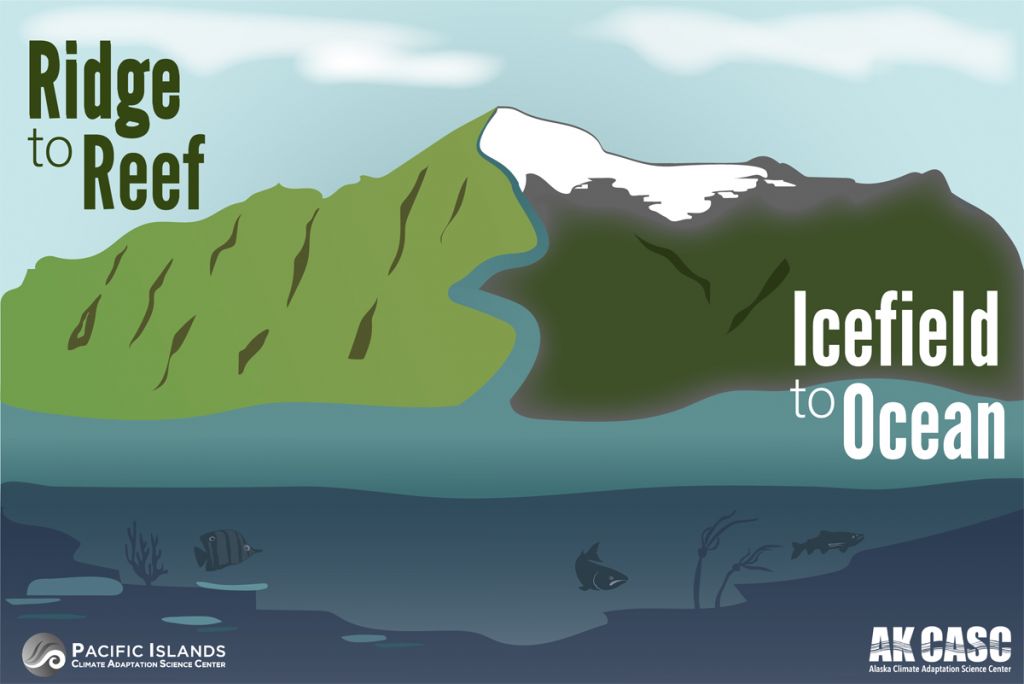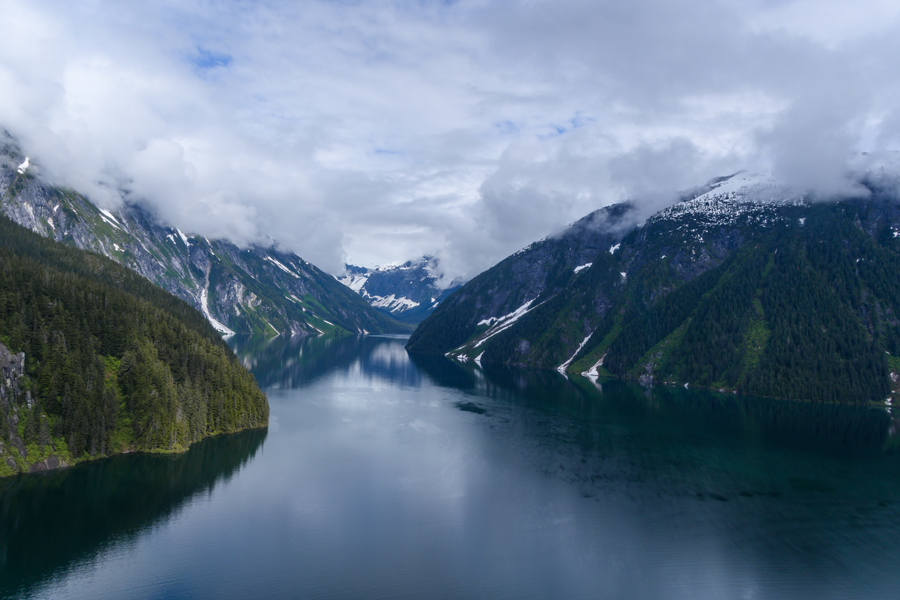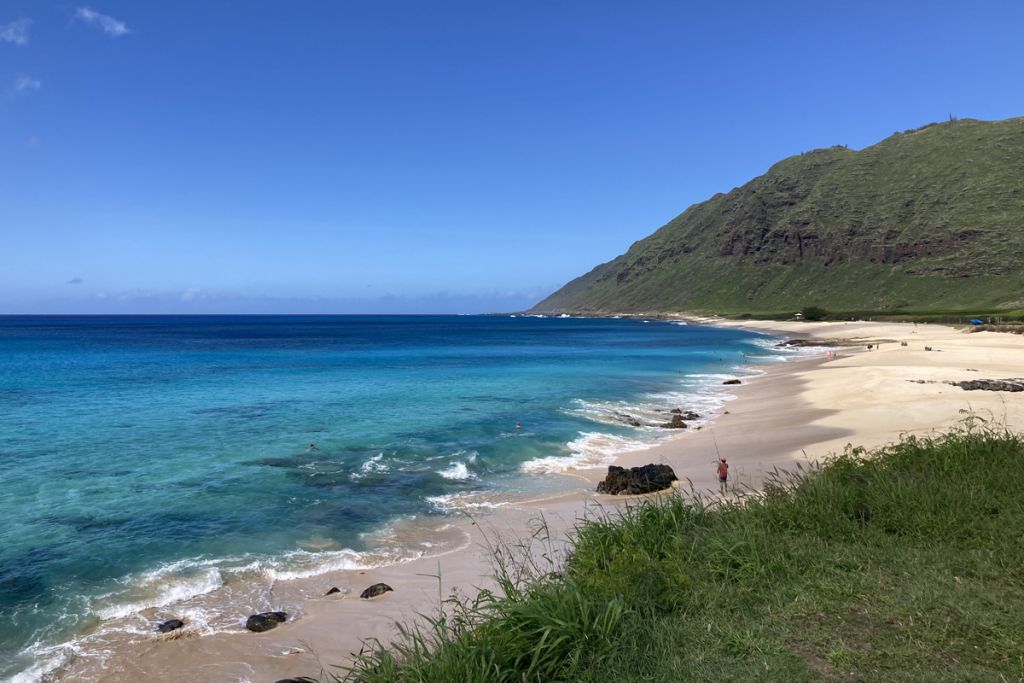Parallels across the Pacific: The Pacific Islands-Alaska CASC collaboration launches a new website
Two Climate Adaptation Science Centers (CASCs), in Alaska and the Pacific Islands, are announcing the launch of a new website designed to share their unique collaborative efforts exploring the effects of climate change on their local, but comparable, watershed ecosystems.
Thousands of miles from the temperate rainforest of Alaska’s southern panhandle, the tropical watersheds of the Pacific Islands face surprisingly similar challenges in a changing climate.Both regions feature steep watersheds with dramatic environmental gradients and face significant alterations to watershed ecosystems and environmental processes due to climate change.
As these watershed ecosystems undergo climate-driven changes, the AK CASC and PI-CASC have joined forces to address similar local challenges, in a collaboration unique within the CASC network. The Pacific Islands-Alaska, or PI-AK, collaboration takes a holistic ecosystem view, acknowledging the natural links between land-based watersheds, coastal landscapes, and the adjacent marine environments by studying ecosystems from “ridge to reef” in the Pacific Islands, and from “icefield to ocean” in Alaska. Funded projects of the collaboration aim to explore impacts to important cultural and ecosystem services provided by these linked land-to-coastal marine systems.
“The PI-AK collaboration has been great and continues to hold so much promise,” said PI-CASC Federal Director Dr. Mari-Vaughn Johnson. “This partnership highlights that, while the Pacific Islands and Alaska are thousands of miles apart, we are actually joined by the ocean, rather than separated by it. Projections suggest that Alaska and the Pacific Islands will both face dramatic changes to land-to-coast ecosystems, many of which will impact human relationships with natural and cultural resources.”
In addition to the physical similarities shared by these coastal mountainous regions, Alaska and the Pacific Islands are connected by similar barriers to adaptation, such as sparse monitoring networks, challenging study environments, and inconsistent efforts to incorporate local cultural perspectives and knowledge into the research process. To address these limitations and better understand how these watersheds function and respond to climate and other stressors, there is an emphasis on collaborative research efforts that combine traditional knowledge and science to empower local adaptation decisions.
“PI-AK reinforces that our regions also share many of the same opportunities, like the potential to grow regional capacity while developing science, equivalent knowledge, and management approaches to adapt to climate change,” Johnson noted.
By building a variety of forums for scientists, managers, and students to explore these systems jointly and encourage free knowledge exchange, the PI-AK collaboration fosters research that meets real-world natural and cultural management needs of communities adapting to climate change.
Showcased on a new website for the collaboration, research conducted jointly by the Alaska and Pacific Islands CASC scientists will look at the impact of changing streamflow patterns on salmon and coastal nutrients, future precipitation extremes, and how shifts in ecosystem processes such as flooding and streamflow will affect local species and communities.
“We are excited to launch this website, which we hope will serve as a living resource to document projects, relationships, and solutions-based science to support the Alaskan and Pacific Island communities,” Johnson said.
Learn about the current PI-AK collaboration projects and check for updates on the PI-AK website.




